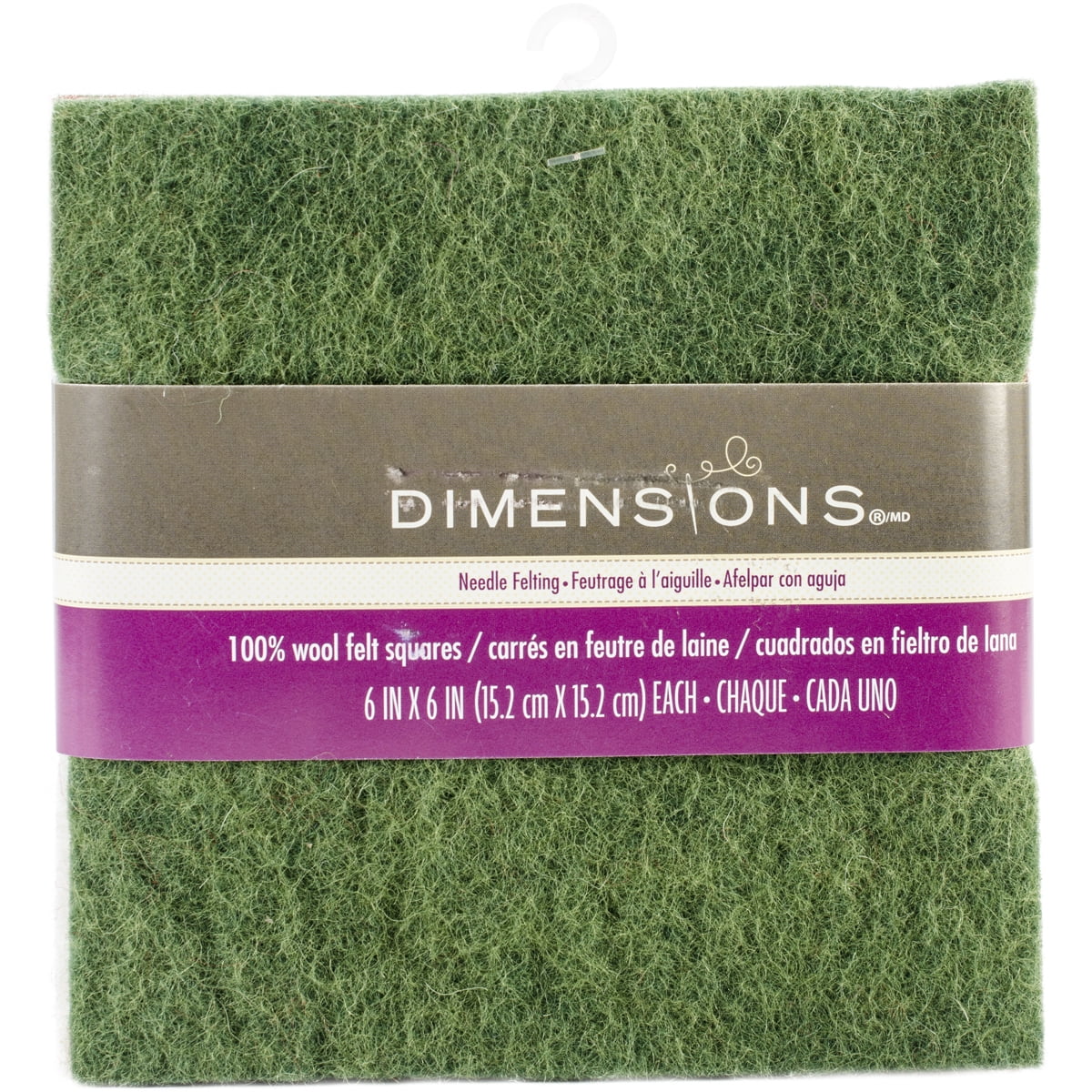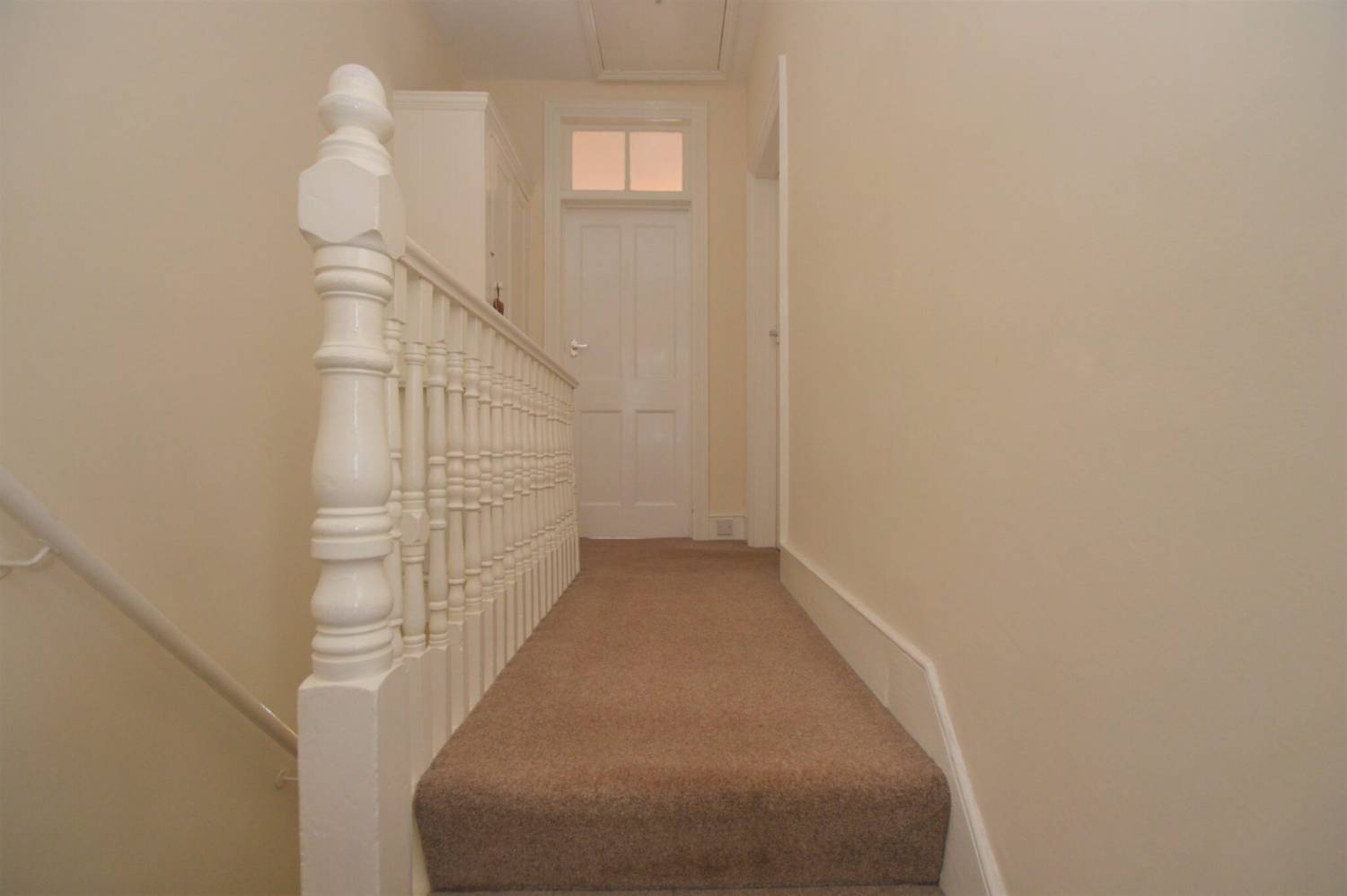

It's often advantageous to move cards from the foundations into the tableau.With a vacant column and some careful planning, an experienced player has an excellent chance of winning. Among other benefits, an empty column allows a card to be placed at the top of a run (with two moves). When a tableau column become unoccupied because the reserve is empty, it can really be put to good use.In this case, removing cards from the reserve pile should probably be given the highest priority. And without all 4 builds in progress, winning is even harder. If it's not the top card, it might be difficult to get to. On average, one card that shares the base rank should be expected to be in the reserve pile.In this case, the player might want to concentrate more on the foundations. This makes it more difficult to remove cards from the reserve pile. It's very easy to have runs in all 4 piles such that no two piles can easily be merged.


Either careful planning or chance is required to get it right. Because only every third card is available in the stock, in order to get to certain needed cards, it's often necessary to delay moves.The only real hope is by planning moves very carefully. Much of this game is luck, which is why a randomly generated game is very difficult to win (even when undoing moves).
Canfield green felt how to#
Here are seven gameplay tips on how to beat Canfield: Canfield allows unlimited passes of the stock, so when it's empty, a single click resets it. This is usually done when there are no more playable moves, but it doesn't have to be. Whenever the player deems it necessary, the stock may be clicked to change the current top waste card. If the card shares the base rank then it begins a build, otherwise it must extend a build. A card may be played to the foundations from either the reserve pile, the waste pile, or a tableau pile. However, if the reserve is empty, any cards may be placed into a vacant column.Īs long as it's a legal move, a card may be played to the tableau from either the reserve pile, the waste pile, or a foundation. When a column is emptied, as long as the reserve is not empty, the slot is automatically filled with the top reserve card. Any number of cards may be taken from the bottom of one pile and placed onto the bottom of another pile. Within the tableau, cards can only be stacked downward in rank by alternate colors. However, foundations build upward by rank, so wrapping allows an ace to be placed onto a king of the same suit. Tableau piles build downward by rank, so wrapping allows a king to be placed onto an ace of the opposite color.

The rank of the base card, the base rank, determines the starting rank for all builds in the foundations. The remaining 34 cards are laid face-down into the stock. Next, 4 face-up cards are sent to the tableau, one per column. In the leftmost foundation is set 1 face-up card, called the base card. When the game starts, 13 cards are placed into the reverse, only the top card of which is visible. The goal of Canfield Solitaire is to move all of the cards into the foundations.Ĭanfield Solitaire is played with a 52-card deck of standard playing cards. But, no one really knows if this is true or not. Legend has it that Canfield Solitaire was originally invented in 1890's and was named after its inventor, Richard Canfield, who became quite wealthy from it. Of course, by liberally undoing moves and playing only previously won games, a player can do somewhat better. However, humans don't fare nearly so well.įor randomly generated games, human players win only about 1 in 14. It's been estimated by running a solver program that about 70% of all possible Canfield Solitaire games are solvable. In some countries, it's known as Demon Solitaire. Canfield Solitaire is a card game played using a 52-card deck of standard playing cards.


 0 kommentar(er)
0 kommentar(er)
